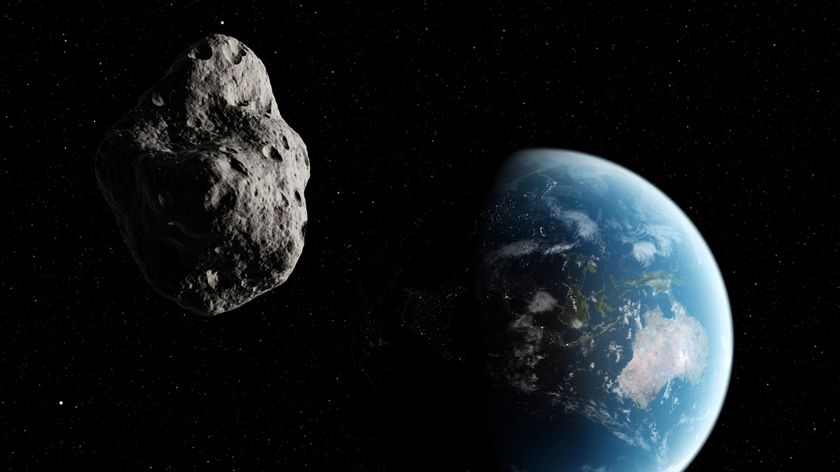
Unicorn Frappuccino Isn't Starbucks' Most Sugar-Filled Drink

The new Starbucks Unicorn Frappuccino is getting a lot of attention for its sky-high sugar content, but it's not the chain's most sugar-filled beverage.
The Unicorn Frappuccino, which is available only for a limited time, has 59 grams of sugar in a 16-ounce "Grande" size, according to nutrition information posted on Starbucks' website. This is indeed a lot of sugar, and has led to headlines calling it a "Sugar Bomb" and an "Unsurprising Surprise."
But several other Frappuccinos already on Starbucks' menu have more sugar. Two drinks can claim the title of "most sugary" Frappuccino: the Caffè Vanilla Frappuccino and the Pokémon GO Frappuccino, another limited-time drink that was introduced last December. Both drinks have 69 grams of sugar in a Grande size, a full 10 extra grams more than the Unicorn Frap. (Perhaps Starbucks reasoned that Pokémon GO players might need an extra sugar boost while catching 'em all?)
The Caramel Frappuccino, Java Chip Frappuccino and Cotton Candy Crème Frappuccino all have 66 grams of sugar in a Grande size. [9 Snack Foods: Healthy or Not?]
For comparison, a 16-ounce regular Slurpee from 7-Eleven has about 36 grams of sugar, a 12-ounce can of Coke has 39 grams of sugar, and a 1.5 ounce Hershey milk chocolate bar has 24 grams of sugar.
All of the Frappuccinos listed above have more sugar than health expert recommend people consume in an entire day. According to the American Heart Association, adults should limit the amount of added sugars they consume to no more than 25 grams a day for women and 36 grams a day for men.
Original article on Live Science.
Sign up for the Live Science daily newsletter now
Get the world’s most fascinating discoveries delivered straight to your inbox.

Rachael is a Live Science contributor, and was a former channel editor and senior writer for Live Science between 2010 and 2022. She has a master's degree in journalism from New York University's Science, Health and Environmental Reporting Program. She also holds a B.S. in molecular biology and an M.S. in biology from the University of California, San Diego. Her work has appeared in Scienceline, The Washington Post and Scientific American.


